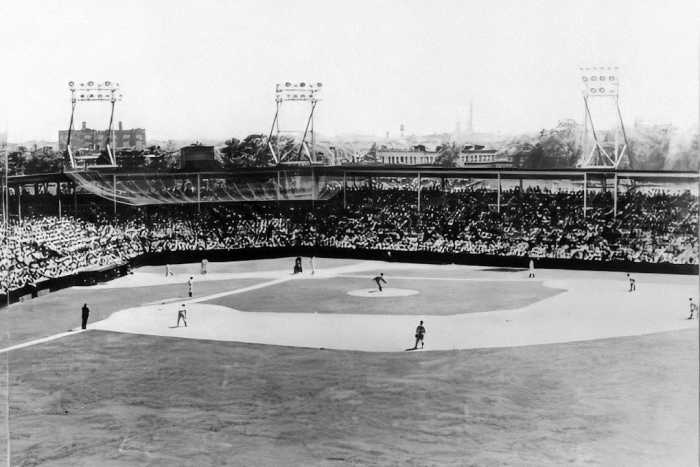By Albert Amateau
With the help of State Supreme Court Justice Diane Lebedeff and City Councilmember Alan J. Gerson, the parents and friends of P.S. 42, the Benjamin Altman School, reached a settlement on Sept. 23 in their dispute with the developer of a seven-story residential condo adjacent to the school,
But the large fifth-floor window in Allen Ng’s fifth-grade classroom on the north lot line of the school at 71 Hester St., which the school parents sought to preserve, will probably be covered up when construction of the condo is completed.
The settlement provides for one of two options; the developer would either make a $15,000 contribution to the school’s Parent-Teacher Association to be used as the association sees fit, or pay up to $25,000 for alternations to the fifth floor of the school. The P.T.A. and School Construction Authority are to decide on which option to take.
Both the Committee to Save the Benjamin Altman School and the developer, Voyager Development Co., said they were gratified at the outcome of the committee’s suit to stop the developer from blocking the three-bay window on the top floor of the school.
“I think we’ve set a precedent and sent a message that developers can’t just do what they want,” said Victor Papa, head of the committee that brought the suit.
“We love the neighborhood and we’re glad to have the opportunity to help the school,” said Allen M. Turek, attorney for the developer.
Papa and Barry Mallin, attorney for the school committee, and Turek credited Justice Lebedeff and Gerson with playing key roles in the settlement. “They [Lebedeff and Gerson] set up a mediation atmosphere that made all parties sit down and come up with a settlement,” Papa said.
Gerson would cover the rest of the alteration cost, up to $25,000, from his Council discretionary funds. Gerson would also match the developer’s contribution of $15,000 if the P.T.A. and school officials decide against the alteration option.
The alterations would involve removing air conditioning equipment from two small windows on the Hester St. side and installing a state-of-the-art air conditioning and ventilation system in the ceiling of the classroom, plus constructing two small windows in an adjacent classroom on the fifth floor.
The two existing windows on the Hester St. side of Ng’s classroom are too high and small to allow fifth graders to look outside, but the alteration would allow the windows to open and provide cross ventilation with the new air conditioning system in the ceiling.
“We didn’t get exactly what we wanted but there will be compensation for students on the Lower East Side who attend that school now and in the future,” Papa said.
When the school was built in 1898, the adjacent building was only four stories high and didn’t block the lot-line window. But the adjacent building was demolished about two years ago to make way for the condo now under construction. Parents learned last July that the condo, being built as-of-right, would block the lot-line window.
The school group and the developer had three meetings but could not resolve the matter, so on Sept. 12, when the condo was at the level of the window, Mallin, on behalf of the school committee, Asian Americans for Equality and others, filed suit to stop the project.
The threatened school window could have been saved, however, if the developer modified plans for the condo and shifted a fifth-floor setback planned for the rear of the condo to the Orchard St. front of the project. But Barry Strauss, a development partner, told the parents and Rosa O’Day Cassiello, P.S. 42 principal, that the proposal would cost $1 million and was “unreasonable.”
During the settlement negotiations last week, it was suggested that the setback could be shifted to the front of the new building and the window saved if the school committee secured a $3 million bond to guarantee the developer’s debt incurred as a result of a construction delay. That option also involved community support of the developer’s application to the Board of Standards and Appeals for a variance to allow the addition of two additional floors to the seven-story building.
The school committee, however, decided it could not afford the $30,000 cost of the bond. Nevertheless, that option is still available to the developer if the school committee doesn’t have to pay for the bond. But the developer indicated there was little chance that they would seek that option.



































